Visual Shell Kit
Miscellaneous Section
|
Scaphopods
(Tusk Shells)
|
|
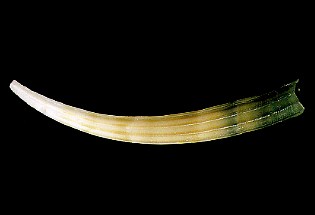 |
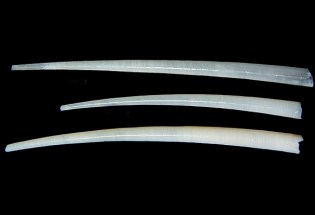 |
|
Elephant Tusk
Shell
|
Straight Ivory
Tuskshell
|
|
Polyplacohora
( Chitons)
|
|
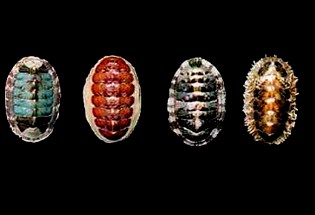 |
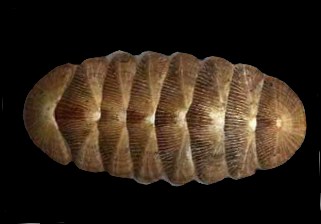 |
|
Assorted Chitons Chitons: Lined, Leather, Gumboot Chitons,
which also known sometimes as sea cradles, are sluggish molluscs that
creep along the under-sides of rocks on broad feet. Most have eight
exposed, overlapping plates on their backs; two species have plates
that are partially or completely covered by a thick, fleshy layer
called a mantle or girdle. The flexibility of these plates allow chitons
to fit snugly into a depression on rocks where it can better hold
on. When dislodged it rolls into a ball like a pill bug to protect
its soft undersides from predators (and hence its "sea cradle"
label). Tufts of gills are tucked in a groove between the body tissues
and the plates.
|
|
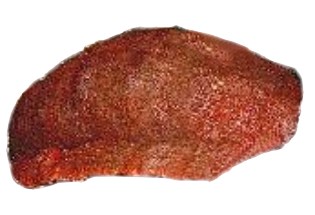 |
|
|
Gumboot
Chiton/Giant Pacific Chiton
(Cryptochiton stelleri) NOTE: These chitons possess a backbone-like structure made up of eight white butterfly shaped plates, which are internal the largest chiton in the world--up to 13" long, 5" wide (32.5 x 12.5 cms.)
|
|
|
Cephalopods
(Octopus, Squids, Nautilus)
|
|
 |
 |
|
Giant Pacific Octopus
|
Giant Pacific
Squid
|
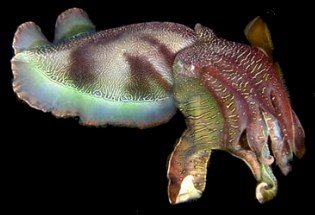 |
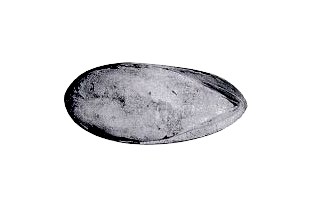 |
|
Giant Australian
Cuttlefish
|
Internal Cuttlefish
Bone |
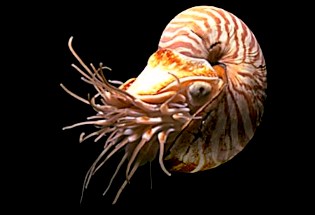 |
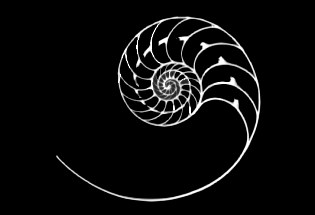 |
|
Emperor nautilus
|
This is a cross section of a chambered nautilus to show you it's beautiful internal structure
|
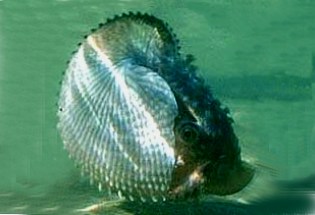 |
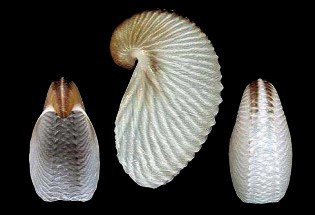 |
|
Paper nautiluses
|
Argonata nouryi
|
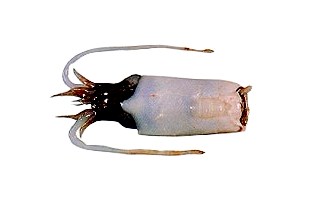 |
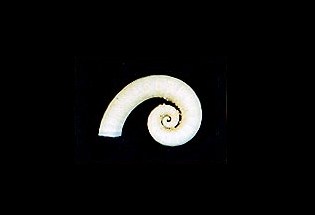 |
|
Ram's
Horn Squid
(Spirula spirula) NOTE: the internal shell is composed of many gas-filled chambers. These squid live at great depths and even though this internal shell is quite lightly built, they frequently wash up on the beaches worldwide. 1 - 1.5" (2.5 - 3.5 cm.) |
|